Garden lighting can provide practical lighting for outdoor paths and steps so you can move around your garden safely after dark. But it can also be a great way to enhance your exterior features and garden flower beds. Use outdoor lighting to highlight your tree or shrubbery, create a cosy ambience in your patio or decking seating area and make your garden a pleasant place to relax and spend time with family and friends.
But where to start? With so many lights and colour options, deciding the best lighting for your garden can be challenging. This guide will explain the difference between colour temperatures, how they alter mood and ambience and where to use them in your outdoor space to help you create the best lighting design for your garden.
Table of contents
- What is the difference between warm white and cool white lighting?
- Is warm light better than white light?
- Should garden lights be warm white or cool white?
- What is the best colour for garden lights?
What is the difference between warm white and cool white lighting?
You may have noticed that not all lights produce the same illumination and that your mood is affected by the different lighting types. Some lights might give a blueish tint, some might be pure white, and some are more yellowish. The lighting industry refers to this colour differentiation as colour temperature, measured in Kelvins.
If you look at the scale above, the lower the Kelvin numbers, the warmer the light is. And, the higher the Kelvin numbers, the cooler the light is.
Here are some industry light names and where they lie on the Kelvin scale to help you choose the right colour temperature for outdoor lighting.
- Very warm white light (2200K) – This is the lowest white light before you get a yellow light. Often referred to as candlelight, you can use these to create a romantic, low-key or calming setting.
- Warm white lights (2700-3000K) – 2700 and 3000K lights are both referred to as warm white with 3000K lights resembling a traditional halogen-style glow. Both are popular lighting choices for creating a welcoming and soothing atmosphere, although 2700k is usually the preferred choice if it’s available.
- Natural white (4000K) – This light is commonly used in landscape lighting as it reflects colours accurately.
- Cool white (5000-6000K) – This light produces a blueish tint. Landscapers often use it in a water feature or to emulate moonlight.
Is warm light better than white light?
You cannot say that any colour temperature is better than another because they create different atmospheres for different purposes. For example, use warm white garden lights to illuminate a porch, decking or patio to create a calming and welcoming atmosphere and to bring out the natural beauty of shrubs, trees and foliage.
Alternatively, cool white lighting resembles natural sunlight and is helpful for illuminating garden paths and steps because it gives you a clear picture of what’s around so you don’t trip in the dark.
Should garden lights be warm white or cool white?
Deciding if you want to use warm or cool white light in your garden depends on your preference and what atmosphere you want to create. With developments in LED technology, you can have any temperature or colour light that you desire in your garden. However, you must select certain lights to create a particular feel or aesthetic.
If you want a cosy and welcoming atmosphere, choose warm white lights, 2700k or 3000k. Lighting designers tend to use warm white light for traditional or period properties to suit the age of the building.
On the other hand, if you have a modern designer landscape, you might want to incorporate cool white light for a clean, futuristic look. However, cool lights can also have a calming aesthetic. Think about the calming blue spa lights around a pool, hot tub or water feature.
You can use cool and warm lighting to create different aesthetics in different parts of your garden. Although, make sure there is ample space between them, as the two colours will clash and create a jarring atmosphere.
If you’re not sure what colour temperature to go for or you want the ability to change the colour temperature based on your mood and the season, opt for colour-changing lights or switching lights.
What is the best colour for garden lights?
Again, the colour of your garden lights is up to you and whatever atmosphere you want to create. And different colours work better for different sections of your exterior.
Warm white lights that seem yellow on the Kelvin scale, 2700k or 3000k, work well in your entertaining areas. Natural cool white lights, 4000k, will light your pathways and driveway well for clear sight in the dark. They also work well as a light source in security lighting. Finally, natural cool white light is perfect for illuminating water features, pools and modern exterior design features.
However, if you’re looking for a bold and creative landscape design, you can always explore RGBW or coloured LED lighting. Use these lights to highlight garden features with bold colours to suit your quirky aesthetic.
For example, douse your blue spruce in blue light to bring out the cool tones of a tree and mimic moonlight. Highlight a contemporary wall feature in red or orange light for a dramatic impact.
Control the light colours or set them to change automatically for your personal light show with “smart” lighting. Why not browse our range of colour-changing lights here and create a colourful and vivid lighting landscape scheme?
The best outdoor lighting at Moonlight Design
Whatever colour temperature you choose, we have an extensive collection of garden lighting for you to discover at Moonlight Design. You can make your landscape lighting design vision a reality with every colour and temperature to choose. Why not browse our vast range of outdoor lighting today to find the perfect lighting for your exterior?
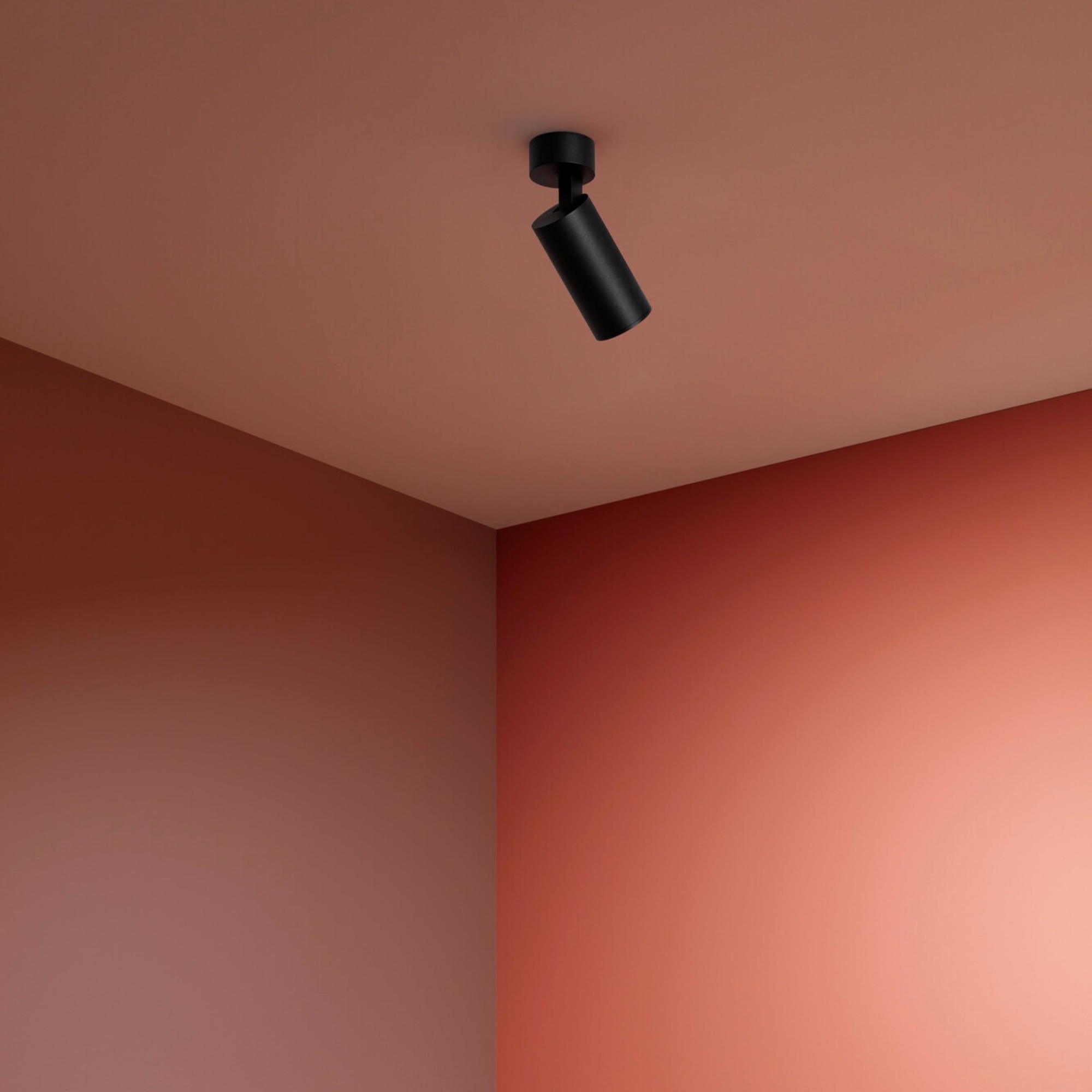
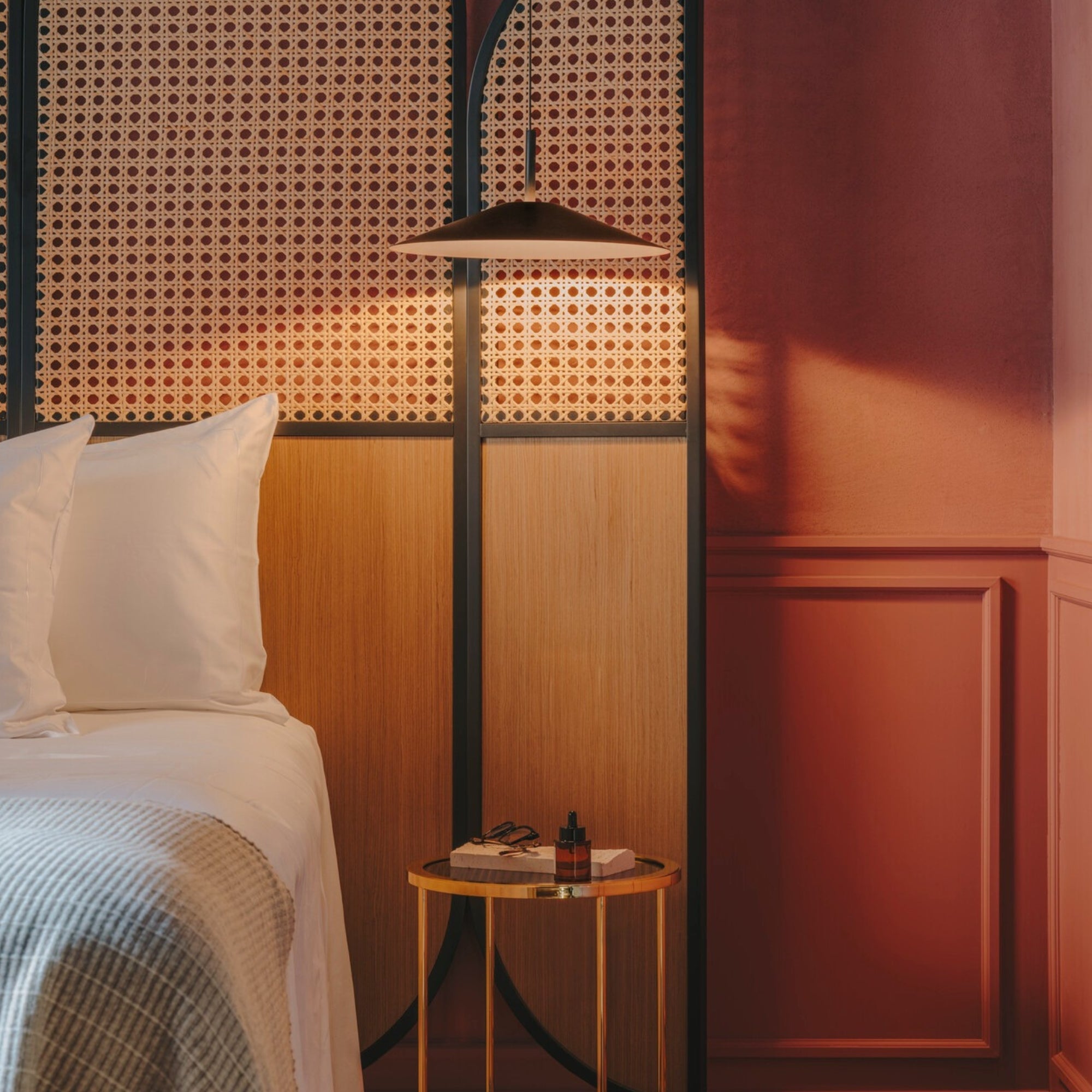
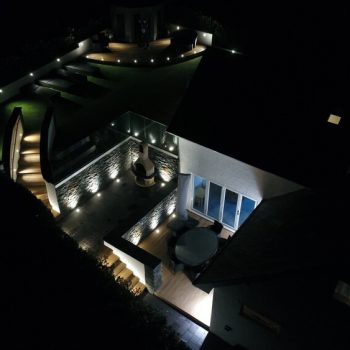
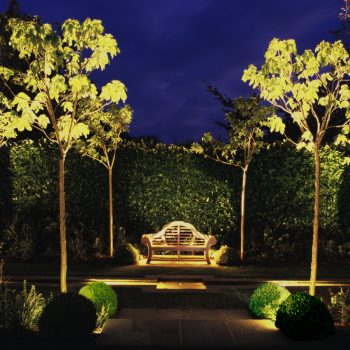
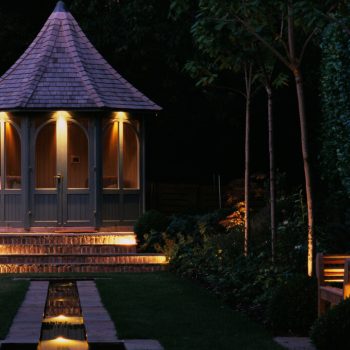
Leave a comment
This site is protected by hCaptcha and the hCaptcha Privacy Policy and Terms of Service apply.